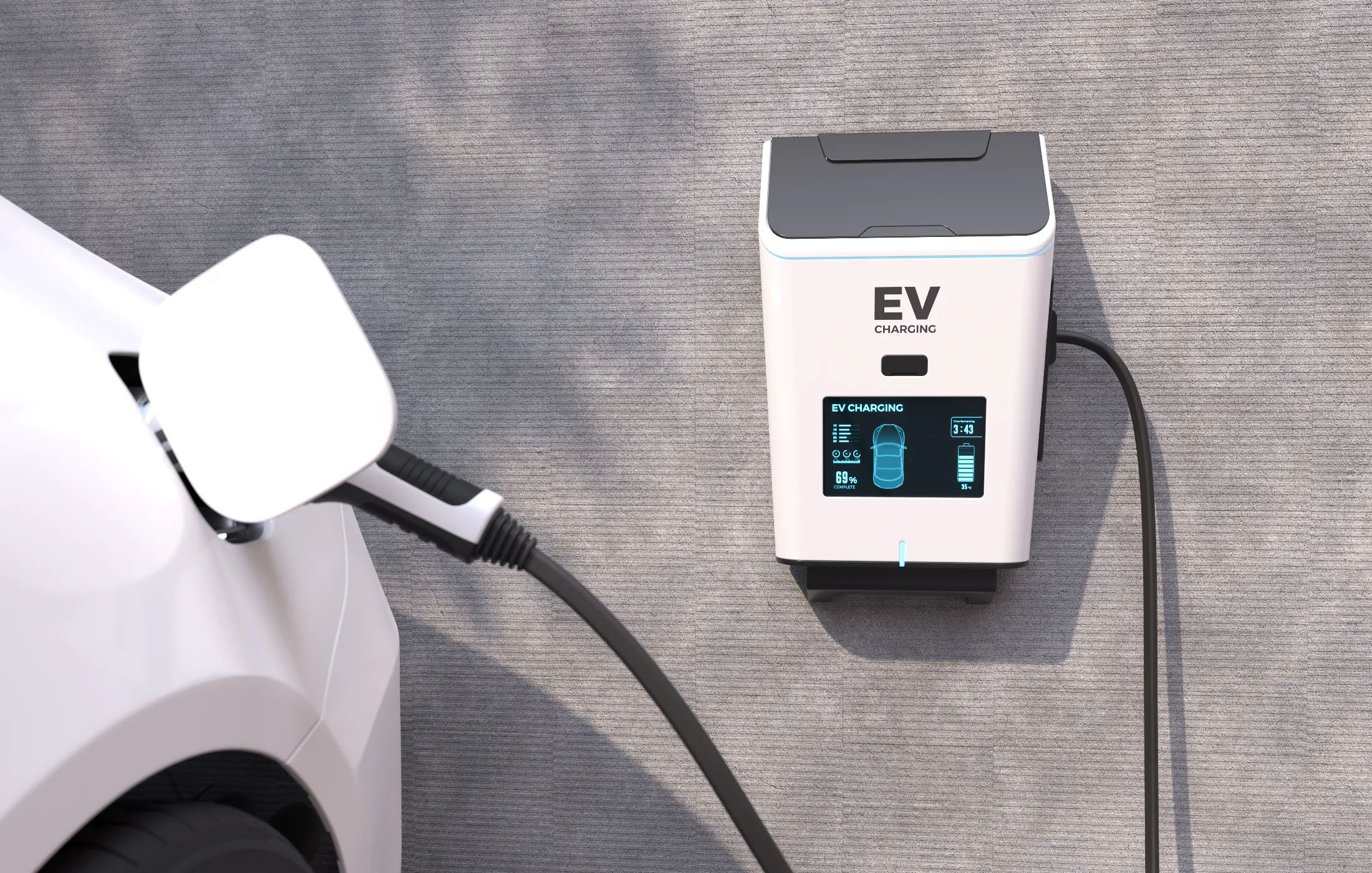How to Avoid EV Charger Hacking
Limited range, expensive maintenance, and limited charging stations—these are just some of the most common concerns over buying or using electric vehicles, or EVs. However, there’s another threat EV drivers and owners should be focusing on EV charger hacking.
EV charger hacking is slowly becoming a serious risk as more people trade traditional transportation for advanced electric vehicles. As we enter a world where cars are more modern and connected to the digital world, the more chances there are that people will encounter EV charger hacking.
What is EV Charger Hacking?
EV Charger Hacking refers to the unauthorized access, control, or manipulation of electric vehicle (EV) chargers or charging stations. This is done either for personal gain, for other malicious purposes or to cause much more sinister turmoil within a society.
These EV charger hacks might include identity theft, car theft, remote control of electric vehicles, remote control of electric vehicles by the EV chargers, personal data leaks, disruption of power grids, and so much more. EV charger hacking is slowly becoming a serious problem in our modern world. This is a danger that needs to be addressed by multiple businesses and industries. It is also a risk that needs to be considered by current and future EV owners.
Here are some examples and recent actual incidents of cybersecurity attacks and hacks against EV chargers:
- In November 2021, a vulnerability in the app of a UK domestic car charging provider reportedly revealed the full names, addresses, and charge histories of more than 140,000 consumers.
- British security consulting firm, Pen Test Partners, spent 18 months analyzing seven popular EV home charger models. They found vulnerabilities that allowed account hijacking of millions of smart EV chargers—hackers would be able to override user and charger functionalities and expose all user and charger data. For example, they were able to switch the EV chargers on and off, and even lock or unlock the charging cable. They also found out that with security vulnerabilities, hackers can prevent the owner from charging their vehicle, attach a user account to another, and obtain a free charge on someone else’s dime.
It’s also important to note that security vulnerabilities are more prevalent in chargers that are manufactured by non-EV manufacturers or companies. In other words, EV chargers made by automakers like Tesla are less susceptible to cybersecurity hacks than third-party chargers made by non-automakers.
Why are hackers targeting EV charging stations?
Hackers and cybercriminals can do a lot of harm through EV charger hacking. With the way the EV industry is booming and the demand for public EV charging stations increasing, hackers are finding more and more opportunities to terrorize for personal gains or other ominous reasons.
According to the US Department of Energy's Alternative Fuels Data Center, there are roughly 51,000 public EV charging stations across the country. This doesn’t include home or private EV chargers yet. However, all these charging stations hold valuable information regarding chargers and EVs, personal or customer data, and more. These files could be stolen and exploited.
These charging stations can also be a way to manipulate or impact electricity grids or be an opportunity for full-blown ransomware attacks. So far, there are none yet. But it’s a possibility most industry experts can see happening in the future.
How can I protect my EV Charger from hacks and theft?
Don’t connect to the internet
Most attacks and EV charger hacking happen because EV chargers or stations are connected to the internet. Another common denominator among significant attacks also involves utilizing mobile applications.
Mobile applications and internet connectivity can make it easier for EV drivers to monitor the charging status of their electric vehicles. However, being connected to the internet means being susceptible to cyberattacks.
If you can, avoid EV chargers that require an internet connection or charger apps. You also need to disconnect your EV charger at home from the internet and avoid overnight charging while connected to the Wi-Fi.
Double-check security at charging stations
If you’re at a public charging station, it’s also best that you double-check the security of the establishment first. Are there security personnel stationed at the place? Does it look like the individual chargers have been tampered with? Are their monitors or welcome screens showing something incriminating or distracting?
Apart from internet connectivity and remote access, hackers and wrongdoers can also gain access to EV chargers through physical entry or manipulation. This means you need to be vigilant and observant when using EV chargers in public spaces.
Choose chargers distributed by your EV manufacturer
As mentioned above, it’s been found that third-party chargers are more vulnerable to cyberattacks and EV charger hacking. This means that it’s best to choose EV chargers that are distributed by your EV manufacturer. If you drive a Tesla, use EV chargers manufactured by Tesla as well. This is also true for other electric vehicles from brands such as Ford, Kia, Honda, BMW, and more.
Most electric vehicles also come with a standard 120-volt Level 1 portable charger. Use this as much as you can to stay safe from cybersecurity threats.
Go for trusted and reliable EV charger brands or stations
If you can’t find or use chargers affiliated with your own EV manufacturer, the next best choice is to find your trusted EV charging providers or charging stations. Reliable EV chargers should have good security, require no connection to the internet, and be energy efficient.
SOLUM Fast EV Charger, for example, is a high-powered EV charging solution. It features fast EV charging capabilities, easy integration for multiple plug-type options, and advanced safety and security measures. Notable of all, is that it has its own LCD display monitor that doesn’t need to be connected to the internet to function. This monitor will show the electric vehicle’s charging status, charging settings, and more.
Here are some of the features and benefits of using a SOLUM EV Charger:
- Highly fast charging solution with DC charger line-up
- 1CH and 2CH configurations equipped with multiple DC plug-in options with CCS1, CCS2
- Adopted newly eco-friendly power consumption technology
- 12.1-inch full-color and touch LCD display to efficiently operate and monitor the charging status
- User-friendly design and allows easy installation in narrow spaces
- Suitable for outdoor use with an IP54 rating for dust and water protection
- Support CCS1, CCS2, and 6M long cable reach to provide accessibility
- Universal compatibility
- User-friendly interface
- Robust and durable
- Advance safety features
An EV charger like this is a good solution to avoid EV charger hacking and any other cyberattacks. A reliable and efficient EV charger will help EV owners stay secure and safe while they charge their EVs at home or at public charging stations.
EV charger hacking is not something one should ignore. Keep yourself informed, be observant, and keep these specific tips in mind to avoid any kind of EV charger attack.











